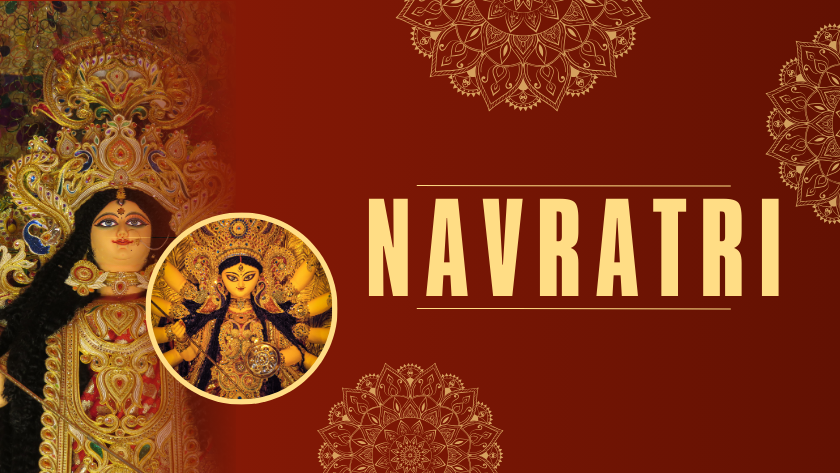What is Navratri?
Navratri, a vibrant and spiritually significant festival, is celebrated with great zeal and enthusiasm by Hindus all around the world. This nine-night festival, dedicated to the worship of the Goddess Durga, holds immense cultural and religious importance. In this article, we will delve into the significance of Navratri and explore the nine days, each filled with unique rituals and celebrations.
Day 1: Pratipada- Goddess Shailaputri
Navratri begins with the first day, known as Pratipada. Devotees invoke Goddess Shailaputri, an embodiment of Parvati, on this day. The color to wear on Pratipada is red, symbolizing strength and energy. It is customary to perform the Kalash Sthapana, where a pot is filled with holy water and decorated with flowers.
Day 2: Dwitiya- Goddess Brahmacharini
The second day of Navratri is dedicated to Goddess Brahmacharini, who signifies love and devotion. White is the color of the day, representing purity. Devotees fast and offer prayers to seek her blessings for a happy married life and prosperity.
Day 3: Tritiya- Goddess Chandraghanta
Tritiya celebrates Goddess Chandraghanta, the symbol of courage and grace. Devotees adorn themselves in yellow attire and worship the Goddess. This day signifies the removal of obstacles and the triumph of good over evil.
Day 4: Chaturthi- Goddess Kushmanda
Goddess Kushmanda, the creator of the universe, is revered on Chaturthi. Green is the color associated with this day, symbolizing growth and energy. Devotees believe that worshiping her can bestow health and prosperity.
Day 5: Panchami- Goddess Skandamata
The fifth day is dedicated to Goddess Skandamata, the mother of Lord Kartikeya. Grey is the color of the day, signifying strength. Devotees pray for the well-being of their children and family on this day.
Day 6: Shashti- Goddess Katyayani
Shashti is devoted to Goddess Katyayani, who represents courage and valor. On this day, people wear orange attire and worship the Goddess for strength and protection.
Day 7: Saptami- Goddess Kalaratri
Saptami is dedicated to Goddess Kalaratri, the fierce form of Durga. Devotees wear white to symbolize purity and pray for the elimination of darkness and ignorance.
Day 8: Ashtami- Goddess Mahagauri
Ashtami celebrates Goddess Mahagauri, symbolizing purity and calmness. Pink is the color associated with this day. Devotees believe that worshiping her can bring peace and harmony into their lives.
Day 9: Navami- Goddess Siddhidatri
The ninth day, also known as Navami, is devoted to Goddess Siddhidatri, who signifies the power of meditation. Purple is the color for this day. Devotees seek her blessings for spiritual enlightenment and self-realization.
Conclusion
Navratri, spanning nine days, is a festival of devotion, spirituality, and cultural significance. Each day is marked by specific rituals, colors, and the worship of different forms of Goddess Durga. It is a time for self-reflection, prayer, and the celebration of the divine feminine energy. Whether you participate in the grand festivities or observe it in a more personal way, Navratri is a time to seek blessings, inner strength, and spiritual growth. May the grace of Goddess Durga shine upon you during these auspicious nine days of Navratri.
Navratri Gifting Guide: Thoughtful Ideas for Festive Presents




